Small-ScaleDairy Farming Manual |
Volume 1 |
|
|
|
|
 |
|
|
What should you know about milk reception ?
 |
1 What is important in milk
reception ? (5-9)
- organize well and keep records
|
 |
2 How does the centre organize
reception and advise farmers? (9-12)
The centre: - plan the timing of milking and transport - advise on husbandary and any problems you have |
 |
3 How does the centre keep
records and make payments ? (13-24)
The centre: - helps you to keep daily and monthly records - pays you according to milk quality/quantity and transport costs. |
 |
4 How does the centre clean
equipment ? (25-31)
The centre cleans equipment by careful: - rinsing - sanitizing - drying |
(The numbers in brackets refer to illustrations in the Extension Materials)
What is important in milk reception ?
 |
5 Organizing milk collection routines for farmers and giving them advice. |
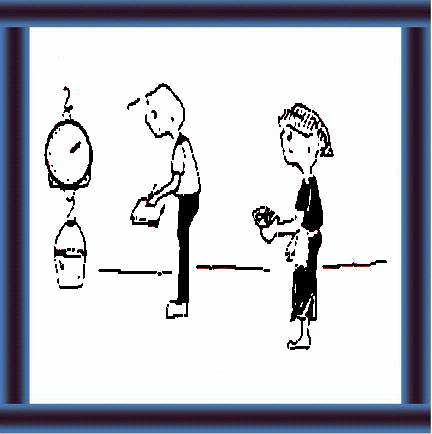 |
6 Keeping records and accounts and making payments. |
 |
7 Sampling and testing milk quality |
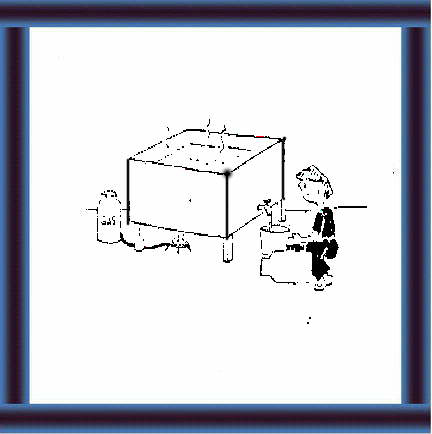 |
8 Cleaning and sterilizing buildings and equipment. |
How does the centre organize reception and advise farmers ?
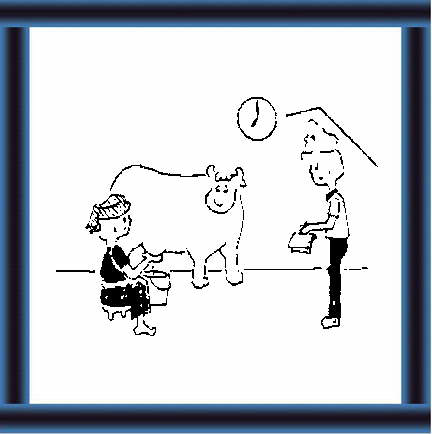 |
9 The centre agrees with each farmer on when to milk according to the number of his cattle and the distance from the collection point... |
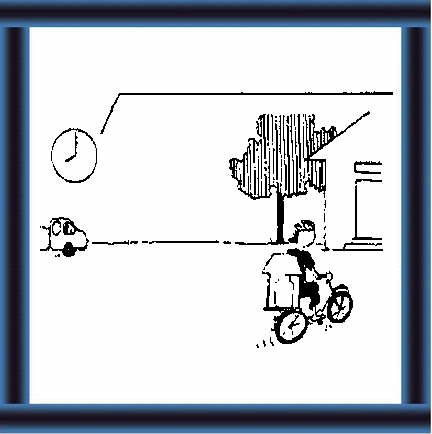 |
10 ... so that all farmers in that area bring their milk to the collection point just before the truck arrives. |
 |
11 The centre agrees with the truck drivers so that the centre can recieve the milk from one truck before the next truck arrives. |
 |
12 The centre
makes sure the farmers understand about:
- hygiene
|
How does the centre keep records and make payments ? |
| 13 You have a
record for each month: 14 The centre has a record
for each day: |
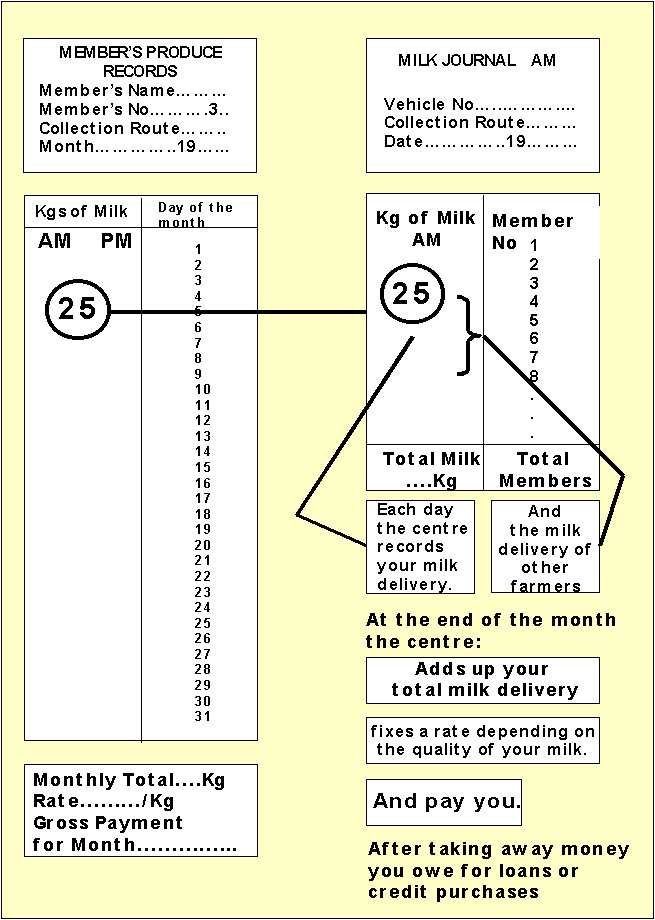 |
| If you buy goods for cash:
15 the centre gives you a receipt. |
16 and records the cash sale in a journal |
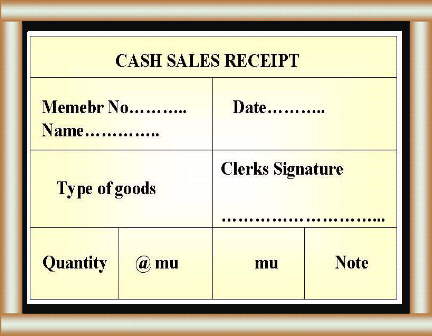 |
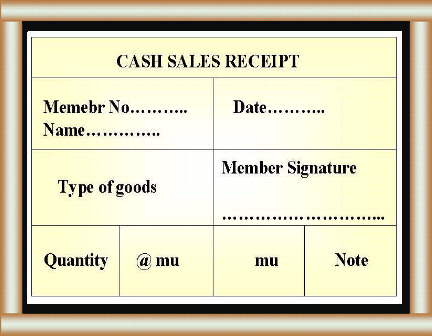 |
| If you buy goods on credit:
17 the centre gives you an invoice |
18 and records the credit sale in another journal |
 |
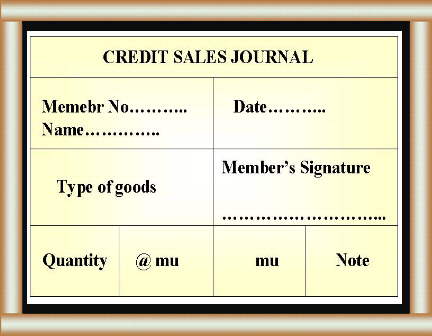 |
| 19 At the end of the month:
The centre adds your invoices |
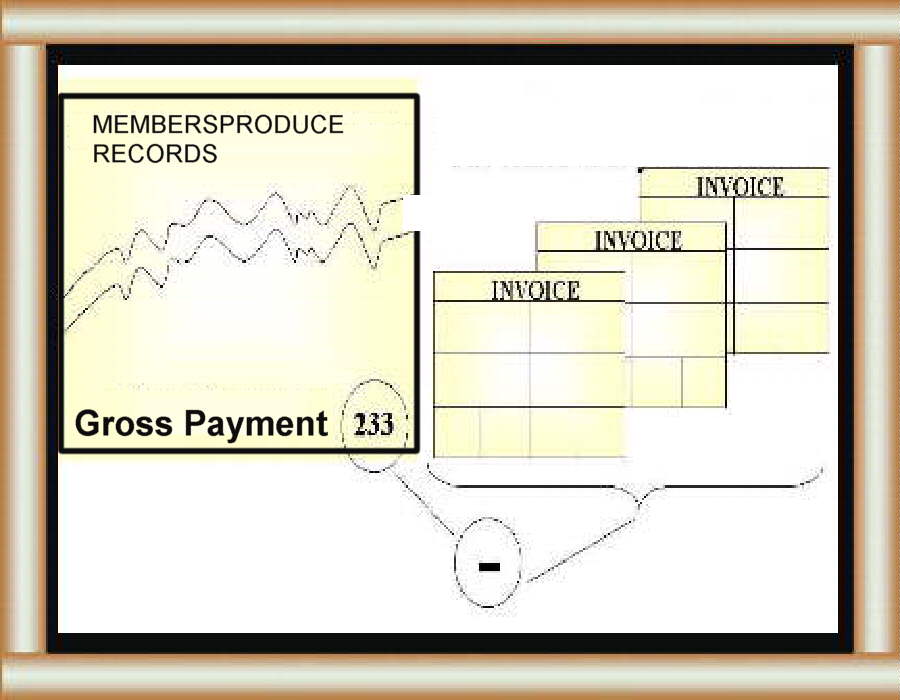 |
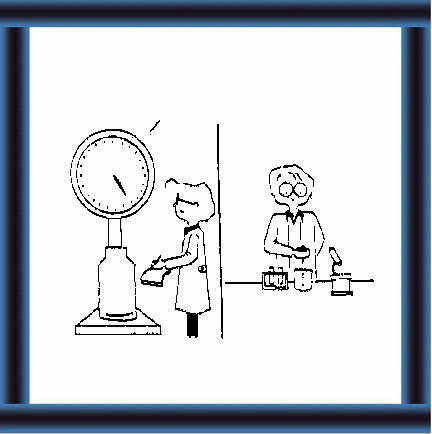 |
20 The centre pays you for the
quantity
and the quality
of your milk.
|
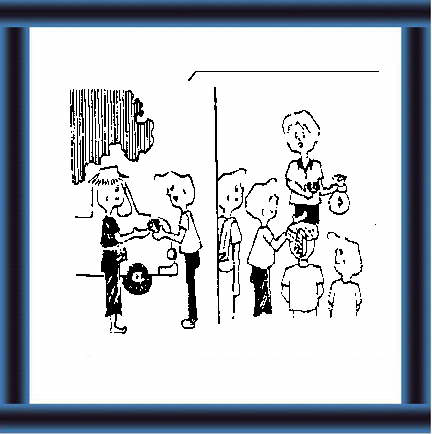 |
21 The centre pays for transport costs and for operating costs such as staff wages and electricity. |
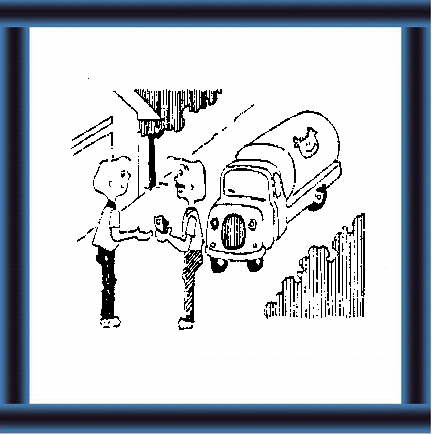 |
22 The centre earns money by delivering good quality milk to the dairy. |
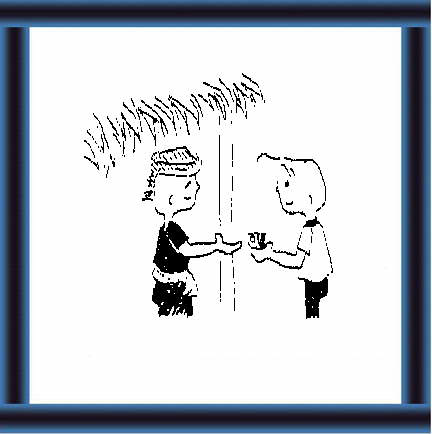 |
23 You get more
money from the centre if:
- you deliver more milk - you deliver better quality milk - you help the centre keep transport costs low. |
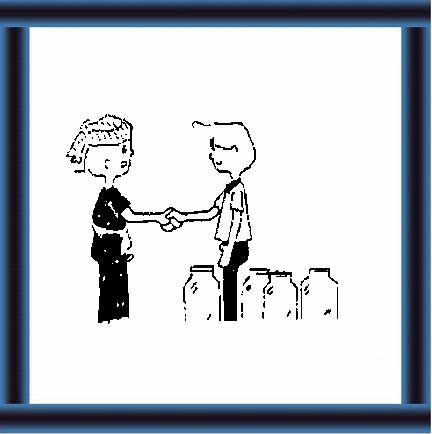 |
24
The centre wants to accept your
milk, not to
reject it.
Consult your centre
about how to produce the best quality
milk.
|
How does the centre clean equipment ?
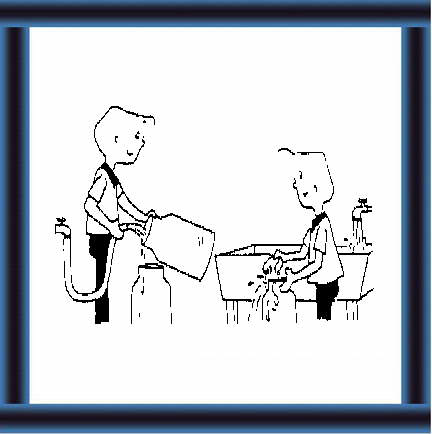 |
25 They rinse with cold water. |
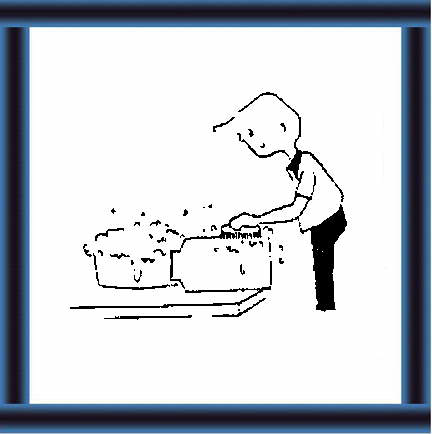 |
26 They scrub inside and out with a brush, warm water and a cleaning agent, then they clean again with a sanitizer. |
| The centre
may let you clean your own milk cans.
Cleaning agents you can use are: Detergents Quick and effective action against fat and protein matter. Soaps Do not use perfumed soaps. Caustic
Soda Effective, especially if mixed with suitable
phosphates.
Washing Soda (Hydrated Sodium Carbonate) Cheaper and less corrosive than caustic soda for manual washing, use 5 cc in 10 l of water. Wetting Agents Effective but expensive. |
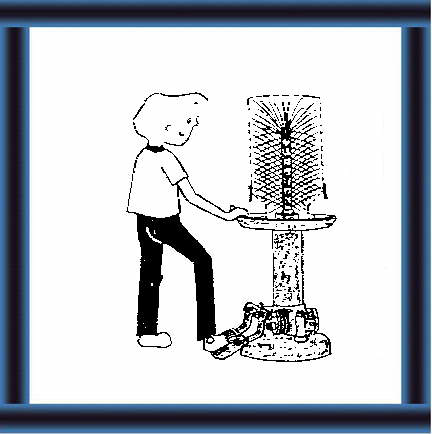 |
27 Bigger centres use steamto kill micro-organisms left after cleaning |
 |
28 but you can also use boiling water |
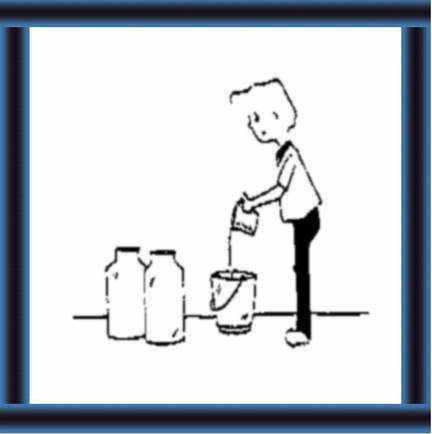 |
29 or chemicals.
Make sure: - they do not bring taste or smell to the milk - they are effective and cheap - you follow the directions - you rinse thoroughly with clean water. |
| Chemicals
you can use are:
Chlorine Follow the directions on the packet of sodium or calcium hypochlorite. The strength of the solution should be 1 cc per 5 litres of water. Quaternary Ammonium Compounds These dairy sterilizers are effective and easy to use. Follow the directions on the packet or bottle. Note: Residues of quaternary ammonium compounds in milk will make it unsuitable for making fermented products e.g. yoghurt and cheese. |
 |
30 After cleaning and sanitizing, drain the equipment and dry it in sunlight. |
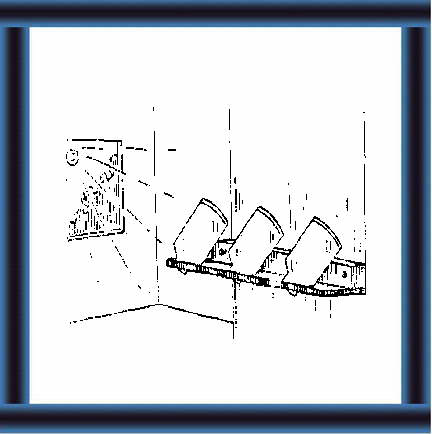 |
31 Store
up-side-down without lids on racks in a dust-free,
well-ventilated room.
Disinfect just before use. |
|